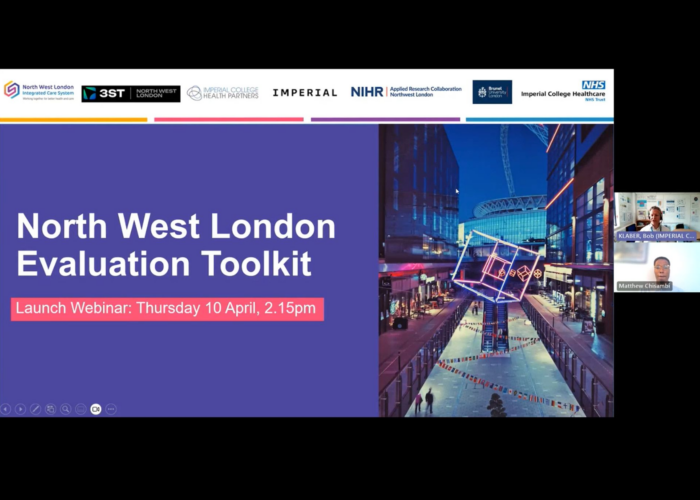
A new tool is set to help healthcare professionals find more than 138,000 undiagnosed Heart Failure patients in England.
The Heart Failure Dashboard, created by Imperial College Health Partners, uses real world data to help identify gaps in Heart Failure (HF) diagnosis, broken down by geographical region in England.
The dashboard provides health professionals with data and insights for their local health systems, providing the real-world evidence they need to introduce changes that will have a positive impact on patients’ lives.
Around 920,000 people in the UK have been diagnosed with Heart Failure, a complex clinical syndrome where the heart does not pump blood around the body as effectively as it should. Heart failure commonly develops over time, but signs and symptoms can appear suddenly, with patients often experiencing several acute episodes leading to unplanned emergency hospital admissions, that can lead to further deterioration in health.
Although there is no cure for Heart Failure, there are several proven treatments that when combined with lifestyle changes and holistic support, can allow many patients with heart failure to live well for longer. While, around 8 out of 10 heart failure diagnoses in England are made in hospital, studies show that around half of these patients experience symptoms that should have been picked up by an earlier assessment, indicating the importance of early diagnosis.
The dashboard’s analysis shows that there is a 20% gap in Heart Failure diagnosis across England[1], creating a significant burden of disease.
The Heart Failure Dashboard uses Quality Outcome Framework (QOF) HES and ePACT data to highlight opportunity gaps, allowing healthcare professionals to see the following stats for their CCG:
- Number of patients potentially undiagnosed with HF
- Number of patients not diagnosed according to guidelines
- Number of patients not receiving adequate treatment
Once these gaps have been identified, the dashboard allows you to model the effect on both mortality and cost of applying high impact interventions in your local area, building the data evidence needed to create an impactful detection, diagnosis and treatment plan.
You can read a full Heart Failure Dashboard user guide and get a login here.
[1] Comparing dashboard QOF data vs Cowie model (https://fingertips.phe.org.uk/documents/Heart-failure-prevalence-model-Technical-Document-v2.1.docx)



